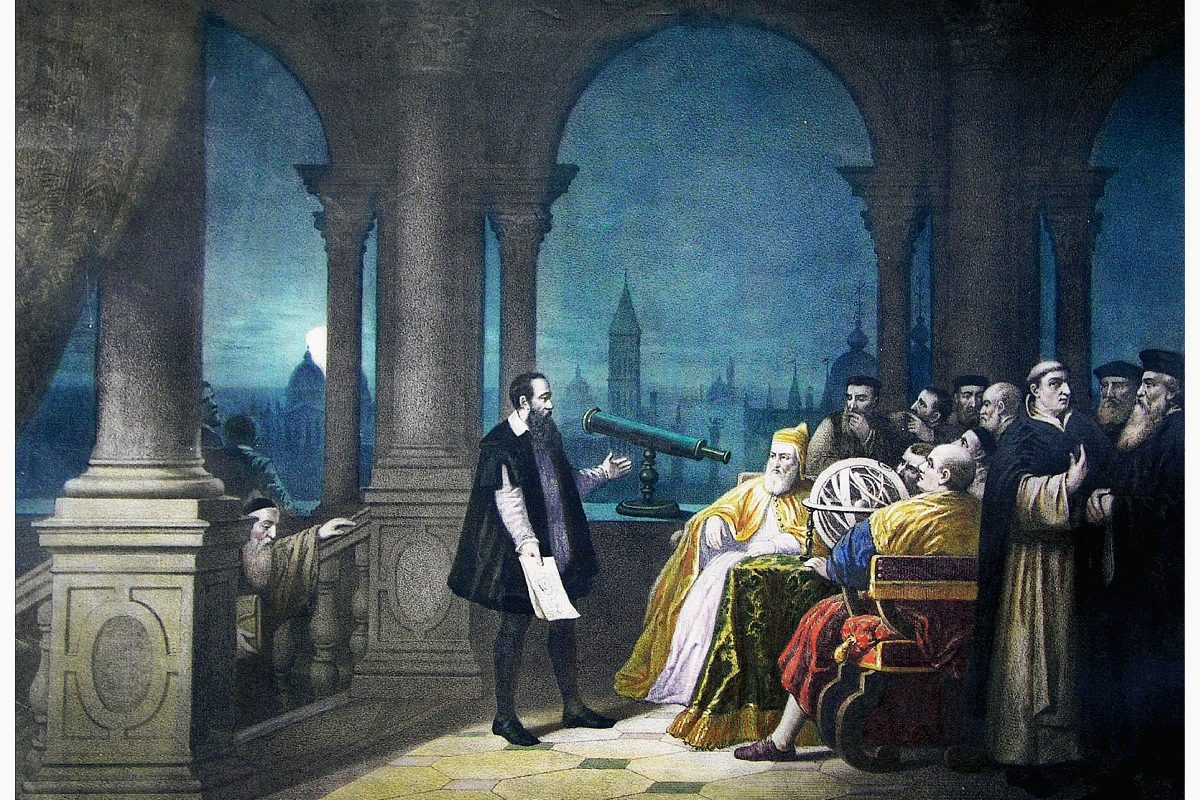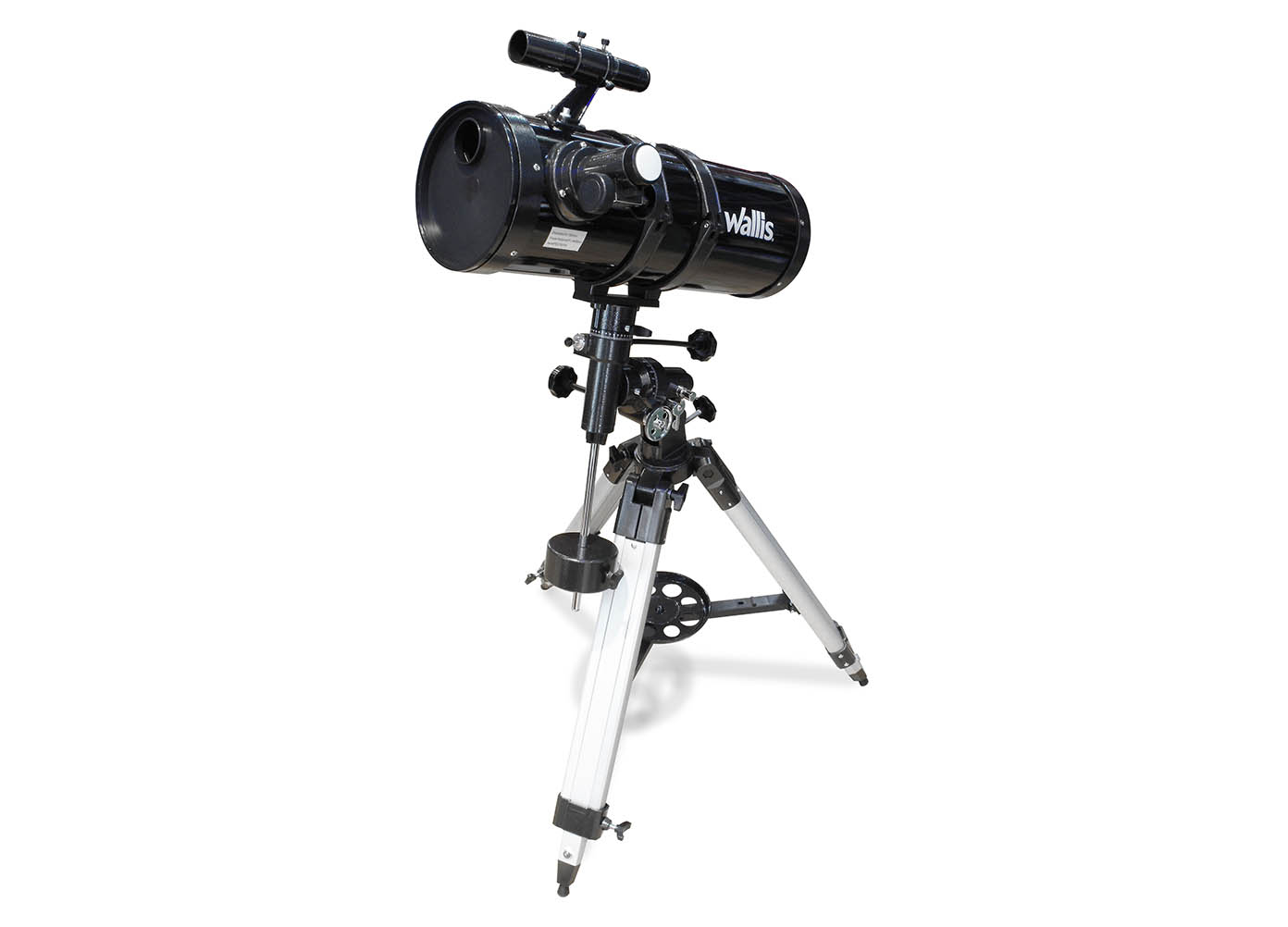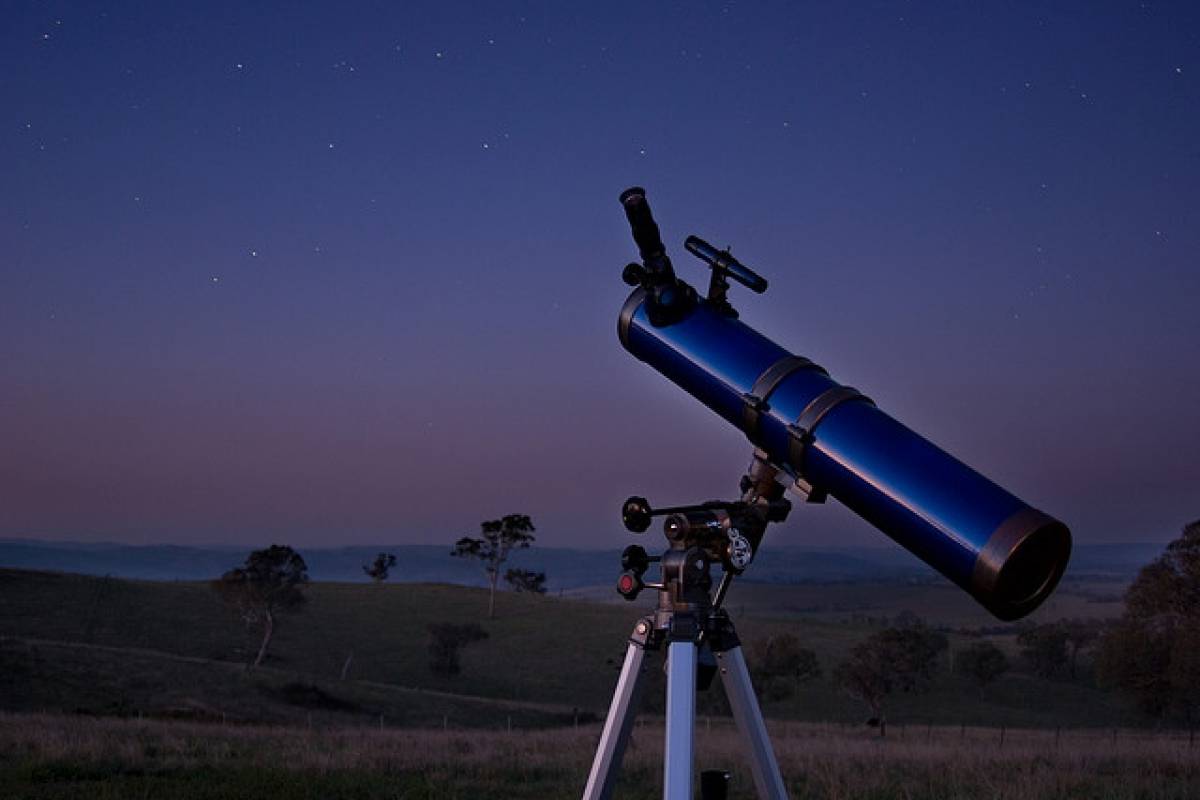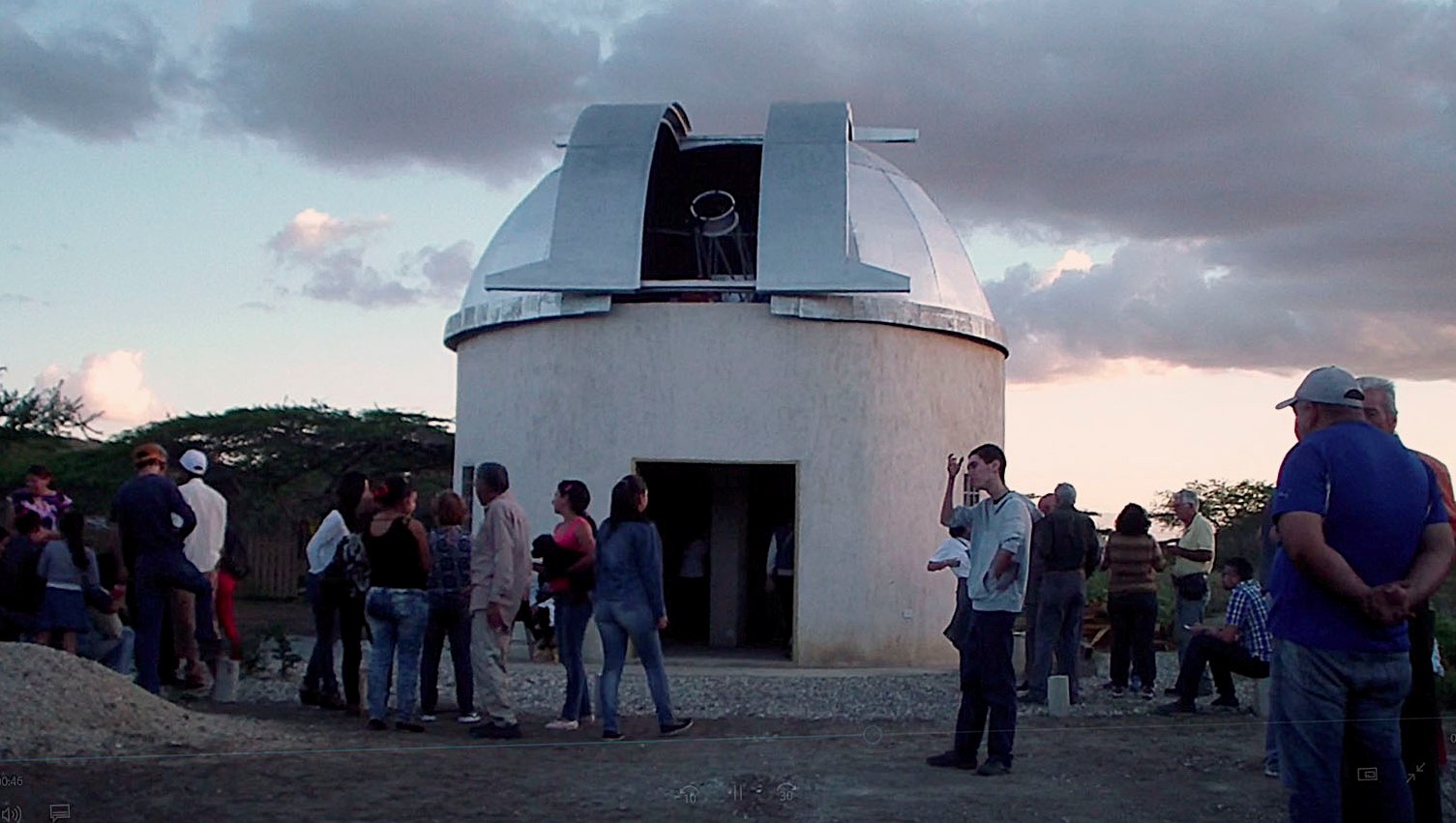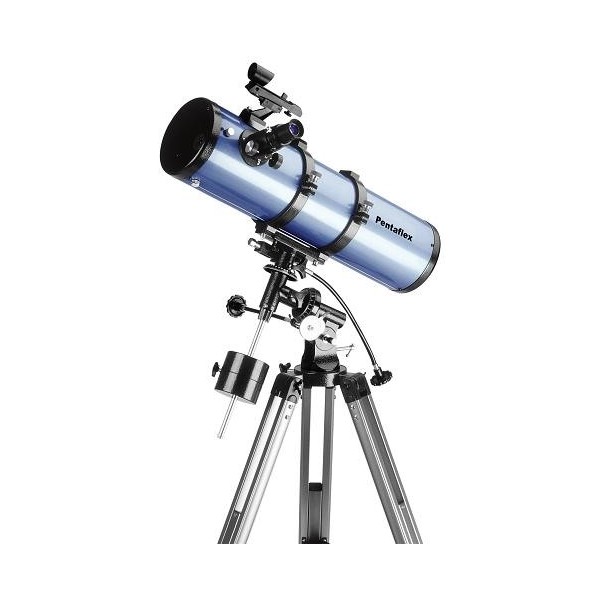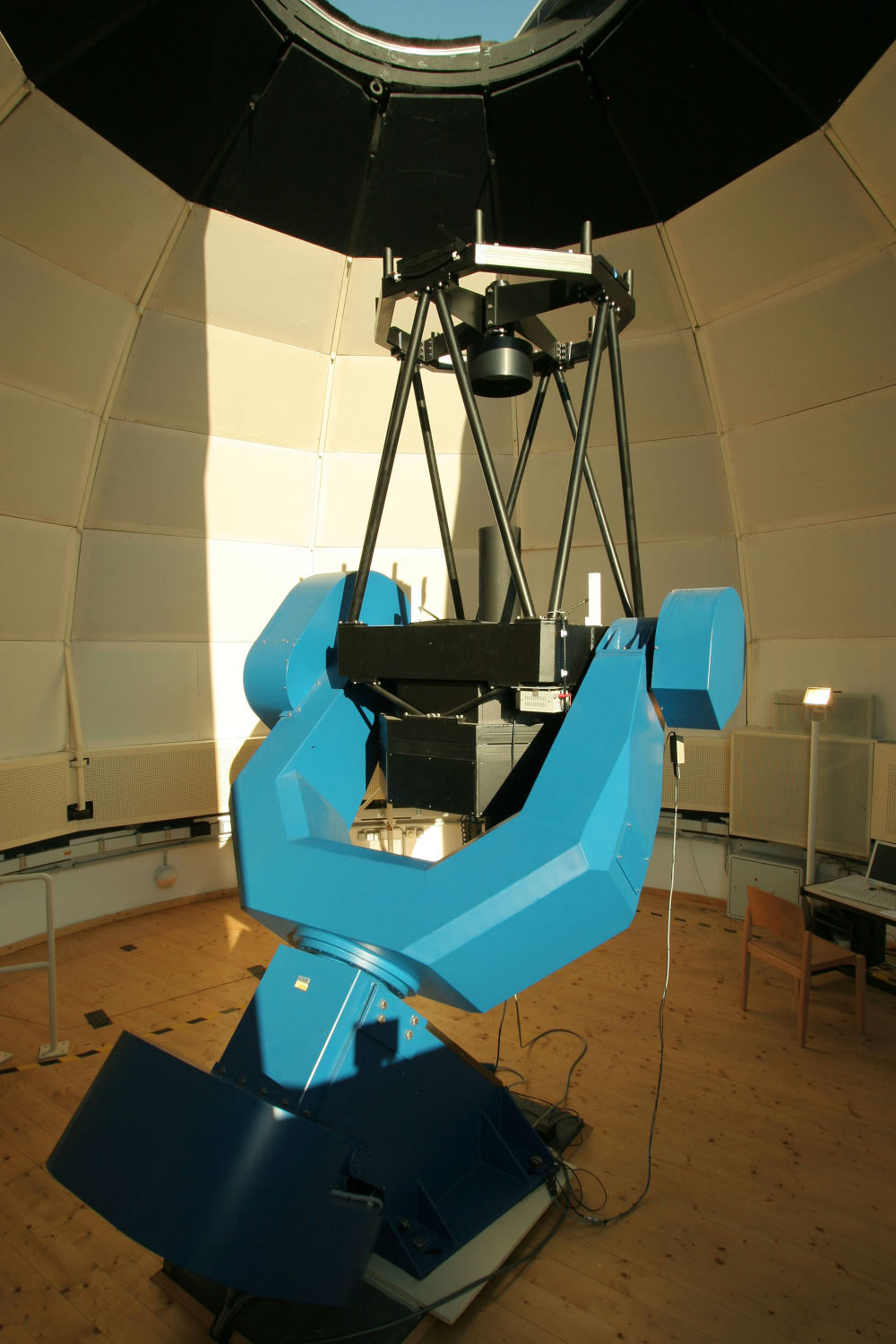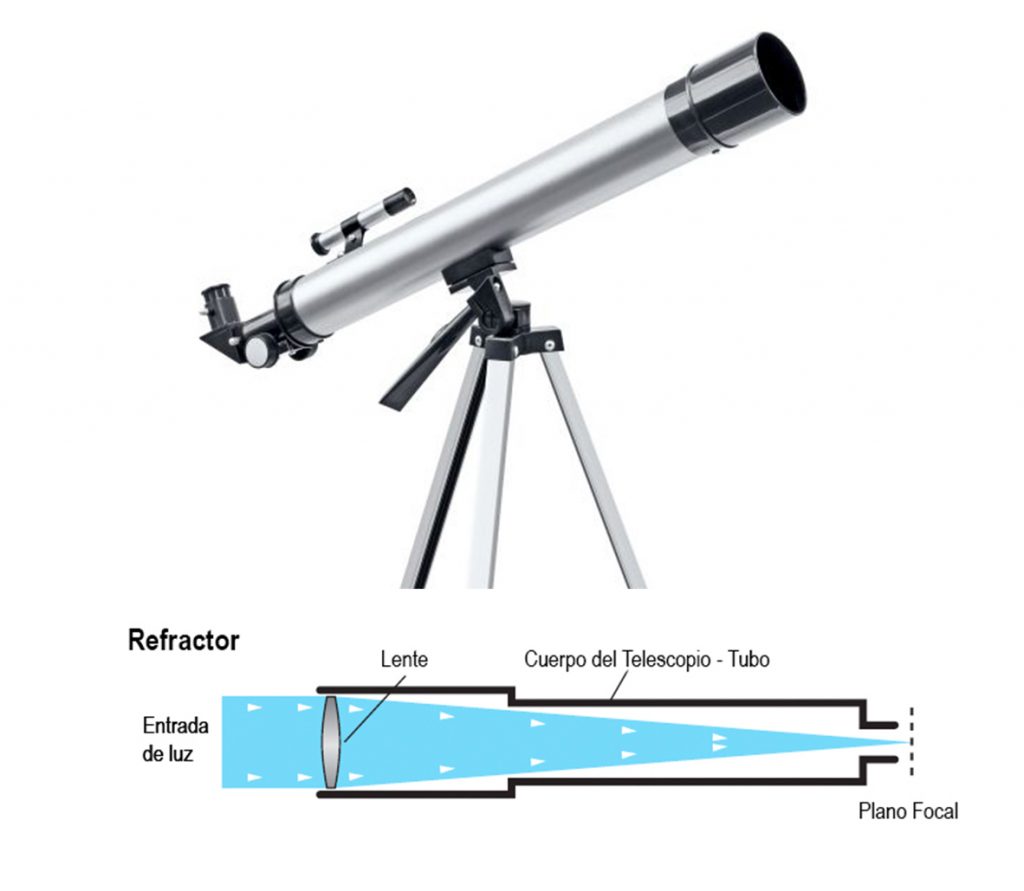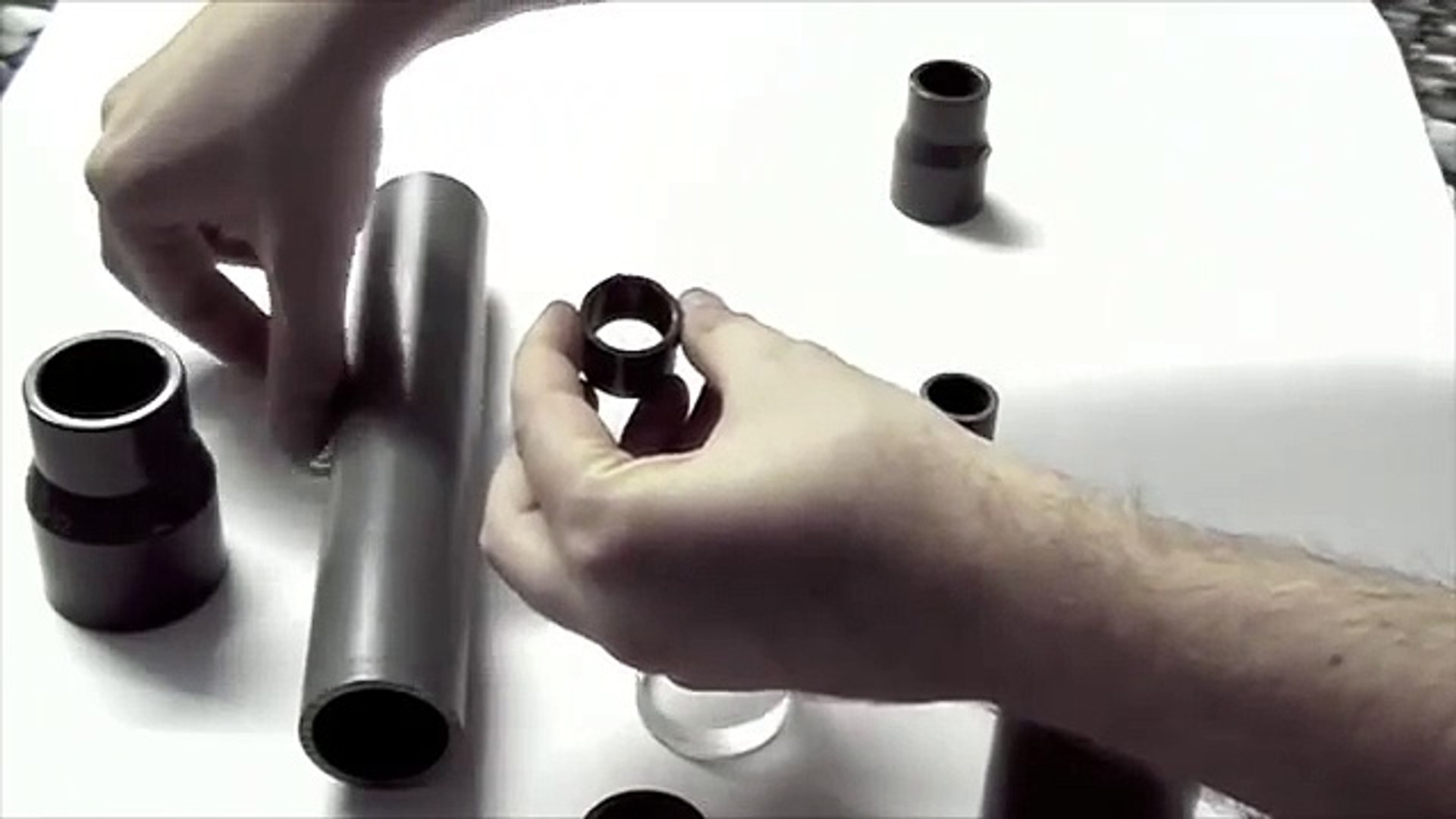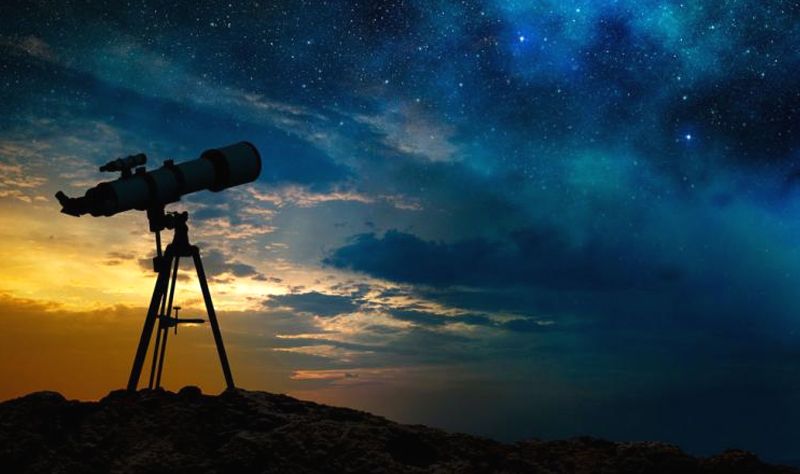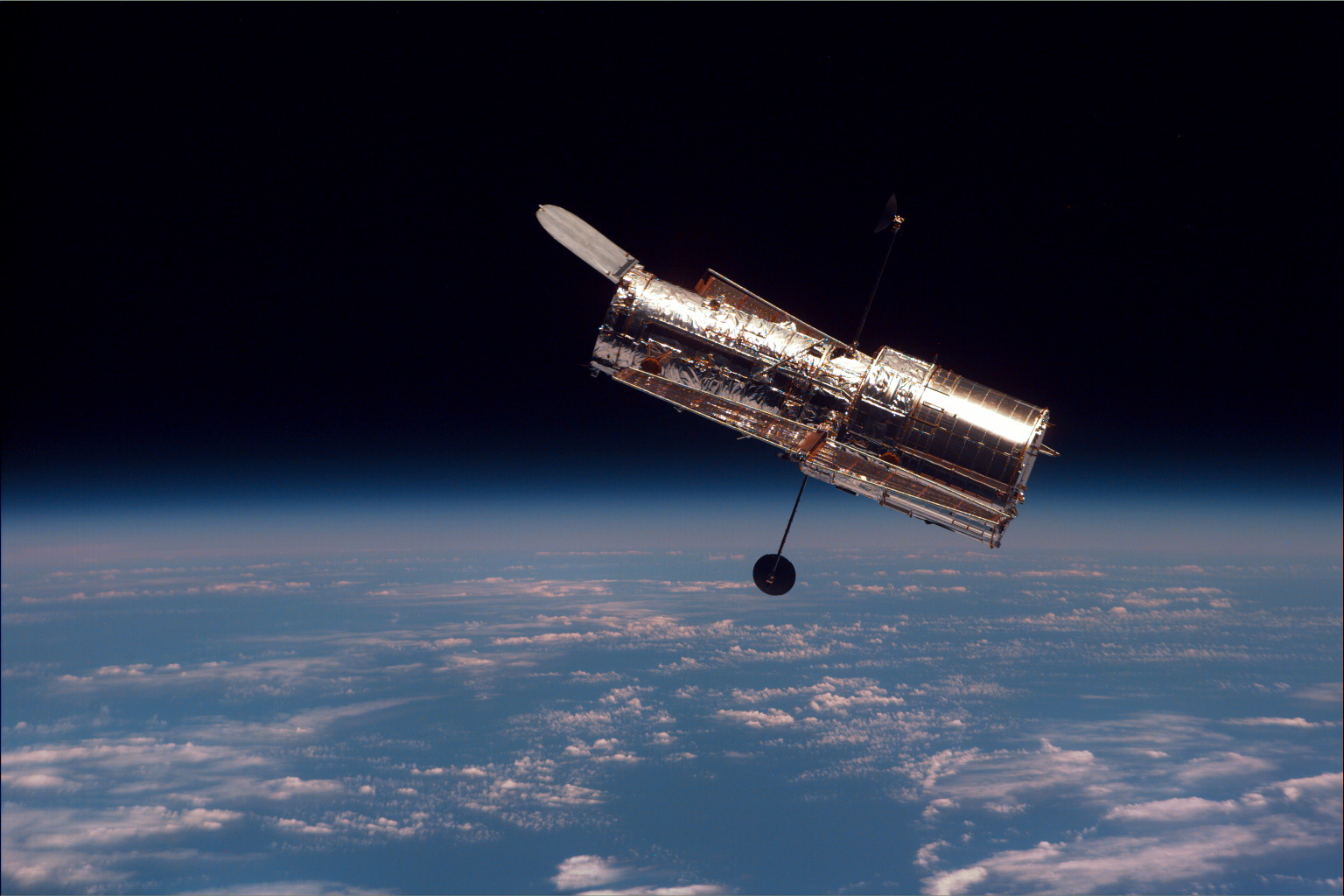This article will show information about the instrument that is used to visualize objects that are at far distances, difficult to see with the naked eye, called telescope. Of which we can see the types that exist, their characteristics, how they invented it and much more.
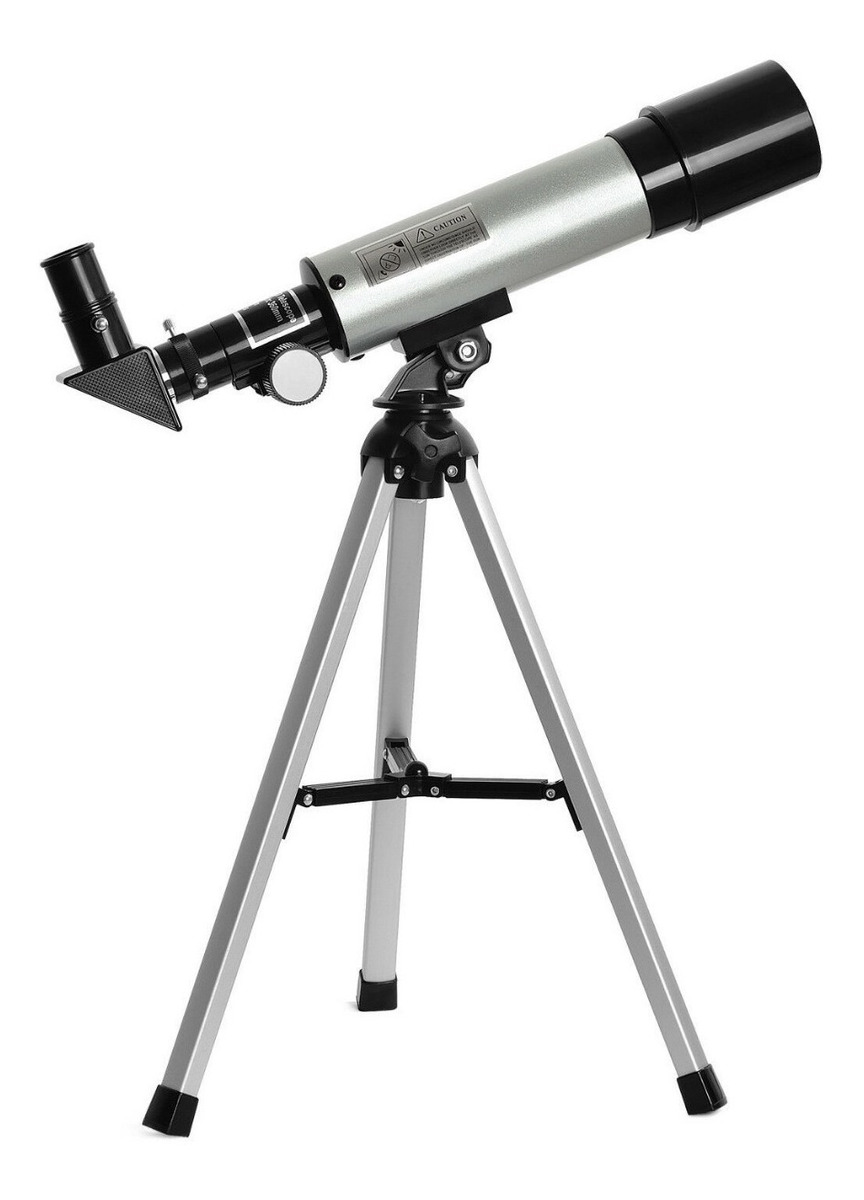
What is the Telescope?
It is the optical tool that is used to visualize some element that is at a great distance in detail, that cannot be observed only with the eye, when receiving electromagnetic energy, such as light.
It is a basic instrument in the area of astronomy, with the evolution and improvements of the tool it has been possible to better understand the Universe.
the great invention
History tells that this instrument was the invention of Hans Lipperdhey who was a German eyeglass maker and Galileo Galilei in 1608.
In some research carried out not long ago by a computer scientist named Nick Pelling published in a magazine of British origin History Today, the invention was granted to Juan Roget from Girona, in the year 1590, according to research it was imitated by Zacharias Janssen, on the date on October 17, 1608 (this was after Lipperchey's filing) who wanted to patent.
Days before, exactly on October 14, Jacob Metius made the attempt to patent it. All this caught the attention of Nick Pelling, who based himself on several inquiries made by José María Simón de Guileuma (1886-1965), insinuating that the true author was Juan Roget.
In different countries it has been wrongly said that the inventor was Christiaan Huygens of Dutch origin, who was born many years later.
When Galileo Galilei found out about this invention, he wanted to make one. In the year 1609 he presented the first astronomical telescope that was recorded. Galileo is thanked for several discoveries in the area of astronomy, one of the most important was the one he made on January 7, 1610, when he visualized the four moons of Jupiter rotating in a Orbit around the planet.
Since its invention they called it "spy lens", a mathematician from Greece named Giovanni Demisiani designated it the name of "telescope” On April 14, 1611, at a meal in the city of Rome where they honored Galilei, all the guests had the honor of seeing the satellites of Jupiter through the instrument that the great astronomer carried.
Between the Types of Telescopes are:
- The Refractors: who use glasses.
- The Reflectors: They use a concave-shaped mirror that replaces the objective lens.
- The retroreflectors: it has a concave mirror and a corrective lens that attaches to a secondary mirror.
The Reflecting Telescope. Isaac Newton invented it in 1688 and it was a great advance in terms of telescopes of that time when he easily improved the chromatic error that characterizes refracting telescopes.
It must be recognized that, through this instrument, Galileo Galilei managed to see the Planet Jupiter, the satellite, the Moon and the stars for the first time. The man was able to clear up different doubts regarding the celestial bodies found in the Universe.
Telescope Features
The factor that has great importance in this instrument is the diameter which carries an "objective lens".
Those used by amateurs are instruments that are around (76 to 150 mm in diameter) their lens supports the observation of the planets and various elements found in the Universe (nebulae, clusters and other galaxies).
Lenses that are larger than (200mm in diameter) in them can be observed fine satellites, some features of the planets, nebulae, numerous clusters and bright galaxies.
The characteristics, accessories and parameters that a telescope must have for optimal use:
- Focal distance: it is the distance that the focus of the telescope has, it is known as the path that goes from the main lens to the focus or in the center that the eyepiece is placed.
- Objective Diameter: the measurement of the main mirror or lens of the instrument.
- Ocular: small measurement tool is at the focus of the telescope, allowing images to be optimized.
- Barlow lens: lens that multiplies the focus by two or three, when an object is observed in space.
- Filter: It is a tiny accessory that has the function of obscuring the image of the star or luminous object, everything depends on the color and the material, allowing the image to be improved. Its position in the telescope is before the eyepiece, the one that is used frequently is called lunar (green - bluish, it makes improvements in contrast when the Moon satellite is observed), the other is the solar one, it has the capacity to reduce the light of the Sun so that the observer's sight is not injured.
- Focal Ratio: is the quotient between the “focal path” (mm) and the diameter (mm). (f/ratio)”.
- Limit Magnitude: it is the capacity that in theory can be visualized with a periscope, in a good context. To calculate it there is a formula: where "D" is the distance measured in centimeters, from the glass or mirror of the device.
m(limit) = 6,8 + 5log(D)
- Increases: is the number of times the image is enlarged on these devices. It is the equivalence of the ratio of the focal length of the telescope and the focal length of the eyepiece (DF/df). An example would be, when in a telescope of (1000 mm) of focal difference, the eyepiece of (10 mm) of df. Which will give the magnification of (100) which can be read as 100XXX.
- Tripod: These are three commonly metal legs that serve as a pedestal and to give stability to the telescope.
- eyepiece holder: place where the optical system is placed, which reproduces or multiplies the visual, such as the images of photographs.
Mounts
In the following, several mounts that serve as support for capturing the image will be explained.
Altazimuth mounts
The mount of a “telescopeThe simplest is the Altitude-Azimuth or Altazimuth mount. It is similar to that of a theodolite. One part rotates in a horizontal plane or azimuth, the other that gives the option of tilting in the same place where it rotates, thus changing the vertical plane or altitude.
A Dobsonian mount
It is that "altazumutal mount" that is very popular for its low cost and very easy to build.
Equatorial mount
When using an "altazimuth mount" there is a problem, it is adjusting the axes to remedy the rotation of the planet. Now it is modernized with the support of a computer, the image rotates at a rate that is variable, everything is proportional to the angle that the position of the star has with the celestial pole.
This is known as field rotation, it is what makes an altazumuthal mount a bit uncomfortable to capture images of large exposures with these small devices.
To solve this problem with smaller telescopes, the mount must be bent so that the "azimuth" foundation is placed in a position analogous to the spin foundation of the planet; this is the equatorial support.
There are several kinds of equatorial mounts, the main ones being the German mount and the fork mount.
Other Mounts
Large and up-to-date telescopes are using altazimuth mounts, they are computer driven, when making exposures that have a long duration, or to rotate the instrument, many have image rotators that are variable rate, in the image of the device's pupil.
As there are also mounts that are very simple, they even surpass the altazimuth mount in simplicity, usually for professional devices. Several of them are:
- The one of meridian transit that is for altitude nothing more.
- The fixed one that has a flattened movable mirror to observe the sun.
- The ball joint is already discontinued and is not of much use for the field of astronomy.
Types of Telescopes
Description of the types of telescopes and the answer of ¿what is a telescope for?What Telescope To Buy?
Refractory Model
This type of periscope captures photographs of elements that are at great distances, using a centered focus, with the help of concurrent crystals and the brightness is modified in it.
This alteration of the luminosity in the lens glass causes the analogous rays, which originate from an element that is in the distance (it may be at infinity) to coincide at the same "point of the focal plane". With this you can see elements that are at great distances and bright.
Reflector Model
Isaac Newton was the one who invented this type of viewfinder in the XNUMXth century.
The "Newtonian" type is a visual telescope that does not use lenses but mirrors to capture light and reflect images. This type of periscope contains two mirrors, one at the end of the conduit (the primary one) that captures the radiation which is sent to the secondary mirror and from there it goes to the eyepiece.
The advantages of "the Newtonian periscope" in relevance to those of refractors, are the absence of color errors with less weight for the same optical path.
The refractors have poor quality (because of the spherical mirrors). The need for a secondary mirror to direct the light to the lens affects the difference in the image badly.
Advantages with high importance can be named: its excellence, innovation and price. The Newtonian reflector is of medium-high quality, easier to make, and lower budget than the refractor of comparable quality and innovation.
Catadioptric Model
It is exactly an instrument to observe from a distance, it is very complete, it uses mirror glass in the same way as it uses lenses.
There is a variety of models. In this case we will talk about the Schmidt-Cassegrain System. The luminosity is introduced through the duct by means of the correcting glass, it travels to the end of the duct, where the image is manifested in the mirror, returning to the "mouth" of the duct.
To then be reflected in the other mirror and passes to the bottom of the duct. Through a perforation where a primary mirror is located and passes to the glass, which is located on the back.
The advantage of this instrument is in its size, it is small when compared to the focal path.
Cassegrain model
It is the model that has three crystals to reflect.
The first is located on the back of the instrument. It usually has a concave paraboloid figure, it is where all the light that comes from the place called focus gathers. It is perhaps the longest focal path of the instrument.
The second glass that gives the reflection is curved, being in the front part of the instrument, its figure is hyperbolic and its task is to show the image again directing it to the glass that gives the reflection in the back or main part, where the image becomes manifest, in the third crystal that sends the reflection. Which has an inclination of (45 °), moving the illumination towards the upper part of the duct, in the place where the objective is placed.
This equipment has improved versions, in these the third crystal follows the main crystal, in which the perforation is found in a midpoint that gives way to lighting. The focus has a location on the outside of the camera that is between the two crystals, on the back of the body.
best known telescopes
- The Hubble Space Telescope. It is located orbiting in the external part of the environment of planet Earth, in this way the captured images have greater clarity. In this way this instrument works perennially at the end of "diffraction" and its use is frequently to observe in infrared or ultraviolet.
- The Very Large Telescope (VLT): for the year 2004 it was the largest, made up of periscopes that have a radius of (8 m) each, a total of four. It is located in the "Southern European Observatory" its construction was carried out in the north of the Chilean region. It can perform the work of four independent instruments or it can work together, making a combination with the four crystals that give the reflection.
- The Great Canary Telescope: It has the glass with the largest mirror, its measurement is (10,4 meters). And it is made up of 36 smaller fractions.
- The Overwhelmingly Large Telescope: they simply call it OWL, it is one of the largest projects. It has crystals that reflect about (100 m) in length, it was replaced by the European Extremely Large Telescope "E-ELT", with dimensions of (39,6 m).
- The Hale Telescope: It was made on Mount Palomar, it has a reflection glass of (5 m) in length, at one time it ranked first for its size. The only glass it has to reflect is boron silicate (Pyrex tm), its construction was very complicated.
- The Mount Wilson Telescope. Its diameter is (2,5 m), Edwin Hubble used it to show that galaxies existed and to study the launch to Mars that they intend.
- The Telescope at Yerkes Observatory: Located in the state of Wisconsin, United States, this equipment has a measurement of (1 m) being the largest oriented equipment on the planet.
- The SOHO Space Telescope: It is a "coronograph" its job is to continuously analyze the Sun. Its location is between the Earth and the King Star.
- The German Company G. & S. Merz (Georg and Joseph Merz): who was working under various names, between the years (1793-1867), was dedicated to building telescopes. The most outstanding devices are distributed in various places on the planet:
- Refractor Telescope (24 cm), at the National Polytechnic School The Astronomical Observatory of Quito.
- (27.94 cm) refractor, assembled in 1845. At the Cincinnati Observatory.
- The 31.75 cm Refractor in operation since 1858 at the Royal Observatory in Greenwich.
- The Refractor (218 mm) from 1862 is located at the Brera Astronomical Observatory.
